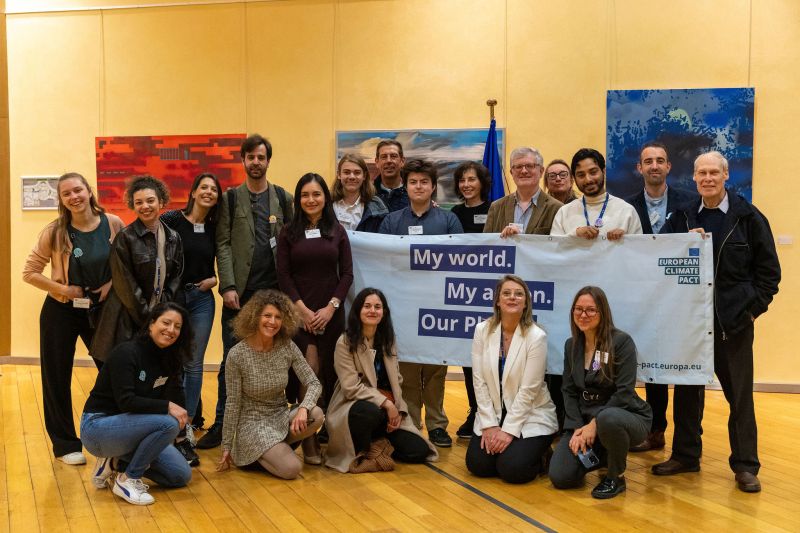ABOUT Frouke Wiarda
Ecological Sound Artist
Inventor of musical instruments
Project initiator
Curator
Play the System Interact with it
Frouke Wiarda has a background as a sound artist and museologist, with a distinctive focus that often extends beyond the traditional museum setting. This unique approach allows her to bridge the gap between art, science, and technology. She seeks to address societal challenges through her art.
Wiarda recently founded the ASCA Society in Belgium, becoming a European Climate Pact Partner. The foundation’s mission is to foster transdisciplinary exchanges and dialogues on contemporary issues, engaging citizens and stakeholders. It seeks to use art as a transformative force for social innovation and to develop culturally significant products with a contemporary focus.
I am a human, a mama, a lover and an artist. My work is a means of understanding and expressing my emotions and perceptions of the world. The planet I call home is undergoing profound transformations within my lifetime—its biosphere is in decline, and ecosystems are shifting at an unprecedented rate. Humanity bears responsibility for these changes. Since I started with the Project The Turbine Plays I feel an undeniable calling to dedicate my art to raising public awareness of these urgent issues. As part of Earth’s intricate web of life, we must acknowledge our shared responsibility. Every species, from the tiniest microorganism to the largest mammal, exists within this delicate balance. Through my art and collaborations, I seek to honor this interconnectedness, to provoke reflection, and to inspire action—reminding us that every sound, every ripple, and every interaction is part of a greater whole.

The Kick-off event of The Turbine Plays at the Energy Barn – Hanze University of Applied Sciences
